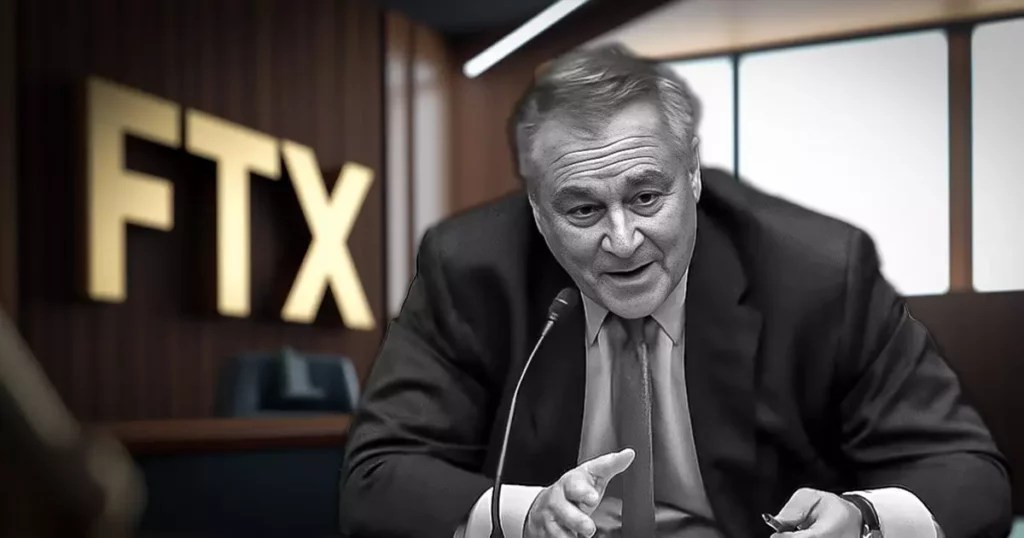The downfall of FTX, once a giant in the cryptocurrency exchange sphere, has left a deep and troubling mark on the financial landscape. Since its filing for Chapter 11 bankruptcy in November 2022, the company has been embroiled in a complex legal battle, aiming to recover assets and reimburse its creditors. Under the leadership of CEO John J. Ray III, FTX has embarked on an ambitious quest to untangle its financial web while dealing with the implications of internal misconduct and alleged malfeasance by its former leadership.
Central to the recovery effort is Nishad Singh, the former engineering director at FTX, who has become a pivotal figure in the ongoing legal disputes. Singh’s recent letter to the US District Court for the Southern District of New York highlighted his cooperation with the bankruptcy proceedings as a substantial asset. By leveraging his insider knowledge and technical skills, Singh has actively participated in efforts to identify and recover misappropriated funds, including property in the Bahamas purchased with FTX’s finances. His involvement has proven invaluable as the company attempts to navigate through the intricate nature of its financial entanglements.
Despite having pleaded guilty to financial misconduct and campaign finance violations, Singh’s legal team has advocated for leniency, citing his cooperation with law enforcement and the bankruptcy proceedings. Prosecutors have acknowledged his “substantial assistance,” particularly in building a case against former CEO Sam Bankman-Fried. The decision before Judge Lewis Kaplan revolves around weighing Singh’s guilty plea against his cooperative actions, which may result in a more favorable sentencing outcome than prison time, as his ongoing involvement is seen as necessary for maximizing creditor recovery.
Ray’s ongoing efforts to recover assets highlight a strategic framework that seeks to not only restore financial stability but also to reclaim the public’s trust in the cryptocurrency sector. The complexities of tracing funds across jurisdictions and disentangling intricate networks—such as those between FTX and its sister company, Alameda Research—call for comprehensive strategies in asset recovery. In this context, Singh’s potential testimony and abilities to assist in locating further assets could serve to enhance these initiatives significantly.
As FTX continues its uphill battle for recovery, the synergy between Singh’s insider knowledge and the efforts of Ray and his team stands out as a beacon of hope for the company and its creditors. The real test will come as the court deliberates on Singh’s sentence, balancing justice for his past actions with the pragmatic need for cooperation in these extraordinarily complex proceedings. Ultimately, the unfolding events will underscore crucial lessons about accountability, cooperation, and legal strategy within the financial and tech sectors. Proactive engagement in recovering lost assets offers a pathway to restoring integrity not only for FTX but also for the wider cryptocurrency ecosystem still grappling with the aftermath of this high-profile failure.

















Leave a Reply